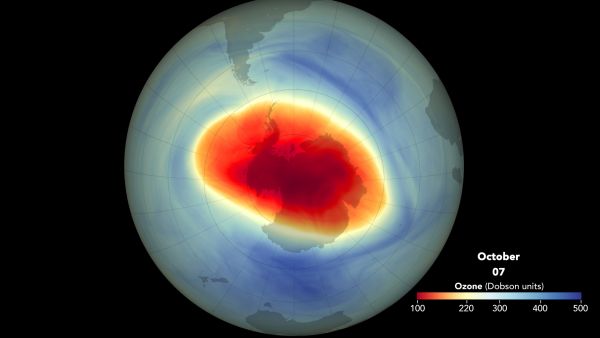When you purchase through link on our site , we may earn an affiliate commission . Here ’s how it work .
One of West Antarctica ’s largest glaciers surged a stupefying 325 feet ( about 100 m ) in less than two weeks this month , theEuropean Space Agencyreports .
Two radar mental image from the ESA ’s Sentinel-1A satellite on March 3 and March 15 reveal part of the enormousPine Island Glacierand its float ice ledge making a swift trek toward the sea . The wild race to ocean is typical for Pine Island Glacier , which flow up to 13,120 feet ( 4,000 m ) every year .

This satellite image shows that parts of Pine Island Glacier flowed about 325 feet (100 meters) between March 3 and 17 February 2025.
" Pine Island is not speeding up , " said Eric Rignot , an expert on Pine Island Glacier at the University of California , Irvine , andNASA ’s Jet Propulsion Laboratory in Pasadena , California .
However , Pine Island Glacier is one of the most chop-chop changing feature in West Antarctica . In late decennary , the colossal river of ice has quicken up and grown markedly thinner . ( As glaciers flow faster , they stretch out and slender . ) [ Photo Gallery : Antarctica ’s Pine Island Glacier Cracks ]
The glacier ’s ground line — the zone where the methamphetamine miss contact with the priming and float into the ocean — has also receded by nearly 20 miles ( up to 30 kilometers ) .

Studies suggest this rapid alteration is due to warm ocean current start the ice from below .
scientist are using satellites to supervise the quickly shifting shabu and track its rate of flow . Comparing radar image allows researchers to exactly measure lowly change in Earth ’s control surface of less than 0.25 inch ( 5 millimeters ) .
Covering more than 68,000 square miles ( 175,000 solid kilometers ) , Pine Island Glacier drain some 10 per centum of the frappe flowing off westerly Antarctica . Its orotund floating ice shelfcalved a huge icebergin July 2013 , part of a natural cycle that regularly spawns city - sized bergs .

















